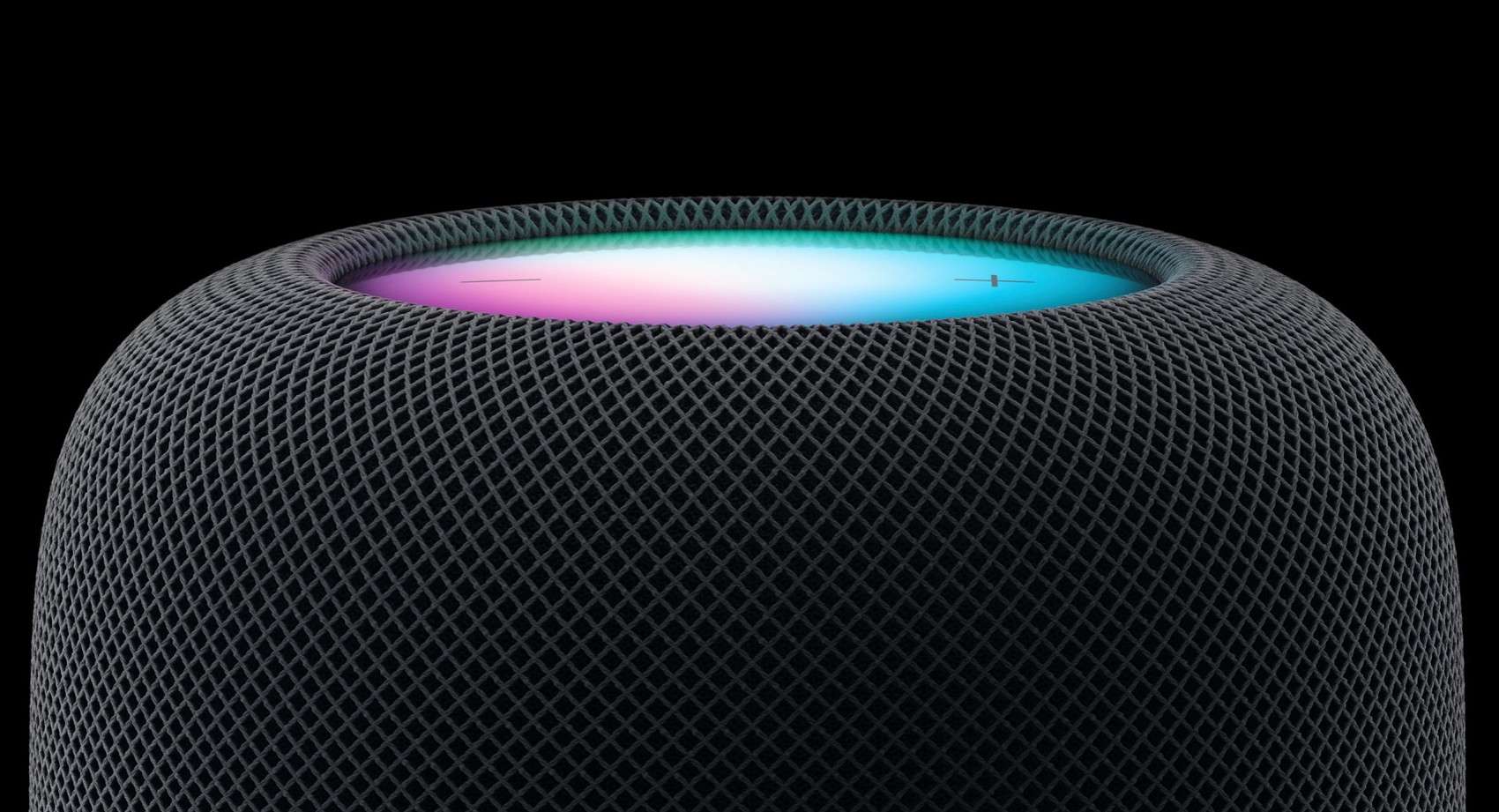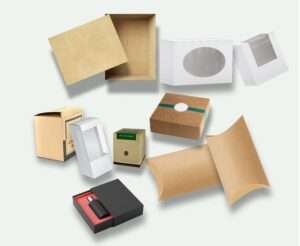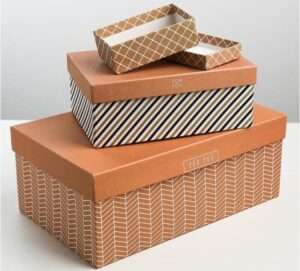Transforming Manufacturing: The Impact of 3D Printing
3D printing, also known as additive manufacturing, is revolutionizing the manufacturing industry by offering new ways to design, prototype, and produce goods. This innovative technology enables companies to create complex parts, reduce costs, and increase production efficiency. From aerospace to healthcare, 3D printing is reshaping the way products are made and opening up a world of possibilities for manufacturers worldwide.
Speed and Flexibility in Production
One of the key advantages of 3D printing in manufacturing is its speed and flexibility. Traditional manufacturing methods often require long lead times for tooling and molds, whereas 3D printing allows for the rapid production of prototypes and final parts directly from a digital design. This capability significantly accelerates the product development process, allowing manufacturers to bring new products to market faster. Additionally, the flexibility of 3D printing enables companies to produce customized items with ease, making it ideal for industries that require high levels of personalization, such as healthcare and consumer goods.
Cost Efficiency and Reduced Waste
3D printing is also helping manufacturers cut costs and reduce material waste. Traditional manufacturing processes like injection molding and machining often result in excess material being discarded. In contrast, 3D printing uses only the material necessary to create the object, minimizing waste and reducing material costs. Moreover, 3D printers can operate with minimal human intervention, reducing labor costs. These savings can be particularly beneficial for small production runs or custom parts, where traditional manufacturing methods may be prohibitively expensive.
Complex Geometries and Innovation
One of the most transformative aspects of 3D printing is its ability to produce complex geometries that would be difficult or impossible to achieve with traditional manufacturing methods. This capability allows designers and engineers to explore innovative designs, optimize the strength-to-weight ratio of parts, and create more efficient structures. In industries such as aerospace and automotive, where lightweight and durable materials are crucial, 3D printing is enabling manufacturers to push the boundaries of design and performance.
Applications Across Industries
3D printing is being adopted across a wide range of industries, each benefiting in unique ways. In healthcare, for example, 3D printing is used to create custom prosthetics, implants, and even human tissue. The aerospace industry uses 3D printing to produce lightweight components that improve fuel efficiency, while the automotive industry is leveraging the technology for rapid prototyping and custom parts. Even in fashion and art, 3D printing is enabling designers to create intricate, one-of-a-kind pieces that would be impossible to produce with traditional methods.
The Future of Manufacturing
As 3D printing technology continues to evolve, its impact on manufacturing is expected to grow. Advances in materials, printer speed, and scalability are making it increasingly feasible for mass production. In the near future, 3D printing could lead to more localized manufacturing, with companies printing parts on demand closer to where they are needed, reducing the need for large inventories and long supply chains. Ultimately, 3D printing is poised to play a pivotal role in the future of manufacturing, driving innovation, efficiency, and sustainability.














Post Comment